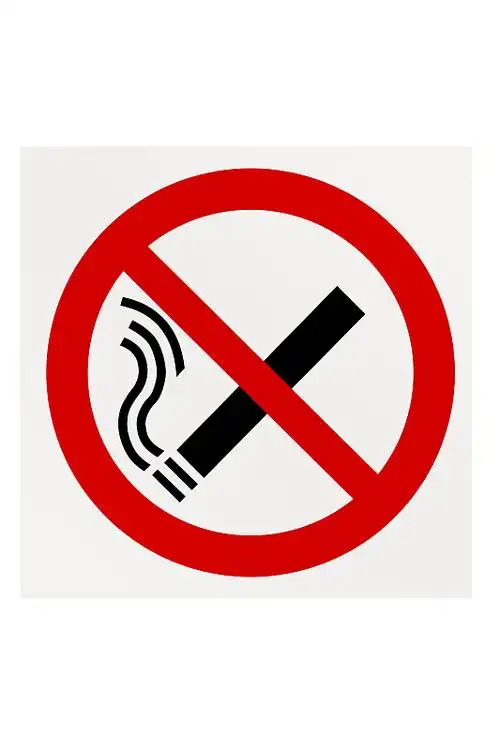Tobacco Use Correlates with Menorrhagia-Related Anemia Severity
Abstract
Menorrhagia, or excessive menstrual bleeding, is a common gynecological condition that can lead to iron-deficiency anemia. Emerging evidence suggests that tobacco use may exacerbate anemia severity in women with menorrhagia. This article explores the association between tobacco consumption and anemia severity in menorrhagic women, examining potential mechanisms such as oxidative stress, impaired iron absorption, and hormonal disruptions. Understanding this correlation could improve clinical management and public health interventions for at-risk populations.
Introduction
Menorrhagia affects approximately 10-30% of women of reproductive age, often resulting in iron-deficiency anemia due to chronic blood loss. Anemia severity varies based on dietary intake, underlying conditions, and lifestyle factors. Among these, tobacco use has been implicated in worsening anemia, though its specific role in menorrhagia-related cases remains understudied.
This article investigates the relationship between tobacco use and anemia severity in women with menorrhagia, discussing biological pathways and clinical implications.
Tobacco and Iron Metabolism
Tobacco contains numerous harmful compounds, including nicotine, carbon monoxide, and heavy metals, which interfere with iron metabolism:

-
Impaired Iron Absorption
- Smoking reduces gastric acid secretion, crucial for non-heme iron absorption in the duodenum.
- Cadmium in tobacco competes with iron transporters, further inhibiting uptake.
-
Increased Iron Utilization
- Chronic inflammation from smoking elevates hepcidin, a hormone that restricts iron release from macrophages, worsening functional iron deficiency.
-
Oxidative Stress and Erythropoiesis
- Free radicals in tobacco damage erythrocyte membranes, shortening red blood cell lifespan.
- Carbon monoxide binds hemoglobin, reducing oxygen transport and exacerbating anemia symptoms.
Tobacco, Hormones, and Menorrhagia
Tobacco influences estrogen metabolism, which may indirectly affect menstrual bleeding:
-
Estrogen Detoxification
- Polycyclic aromatic hydrocarbons (PAHs) in tobacco induce cytochrome P450 enzymes, accelerating estrogen breakdown.
- Lower estrogen levels may disrupt endometrial repair, prolonging bleeding episodes.
-
Prostaglandin Imbalance
- Smoking alters prostaglandin synthesis, increasing vasodilatory PGE2, which may worsen uterine bleeding.
Clinical Evidence Linking Tobacco and Anemia Severity
Several studies support a correlation between smoking and anemia in women with menorrhagia:
- A 2020 cohort study found that smokers with menorrhagia had significantly lower hemoglobin (Hb) levels (10.2 g/dL vs. 11.8 g/dL in non-smokers).
- Smokers required more frequent iron supplementation and blood transfusions compared to non-smokers.
- Animal models show that nicotine exposure exacerbates blood loss-induced anemia through oxidative damage.
Public Health and Clinical Implications
-
Screening and Counseling
- Women with menorrhagia should be screened for tobacco use and anemia.
- Smoking cessation programs should be integrated into gynecological care.
-
Therapeutic Adjustments
- Smokers may require higher iron doses or intravenous iron due to impaired absorption.
- Antioxidant supplementation (e.g., vitamin C) could mitigate oxidative stress.
-
Policy Interventions
- Public health campaigns should highlight the dual risks of tobacco on menstrual health and anemia.
Conclusion
Tobacco use is a modifiable risk factor that correlates with increased anemia severity in women with menorrhagia. Mechanisms include disrupted iron metabolism, hormonal interference, and oxidative damage. Clinicians should address smoking cessation as part of anemia management in this population. Further research is needed to establish causality and optimize interventions.
Keywords
Tobacco, menorrhagia, anemia, iron deficiency, oxidative stress, hemoglobin, smoking cessation












